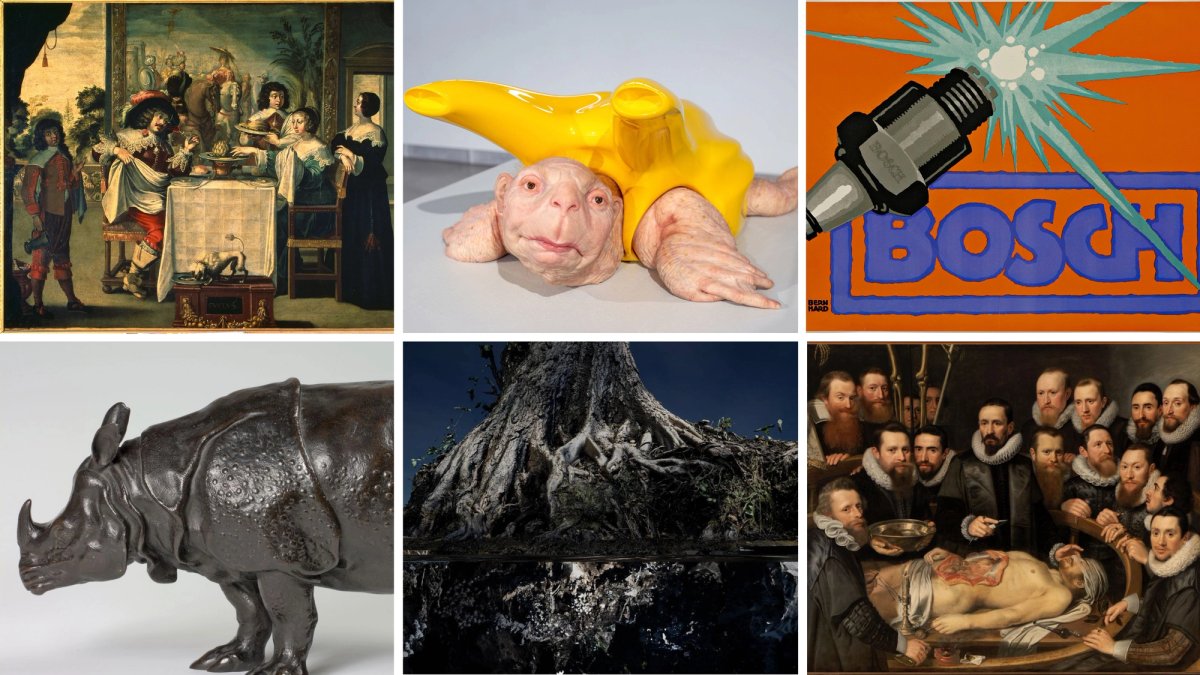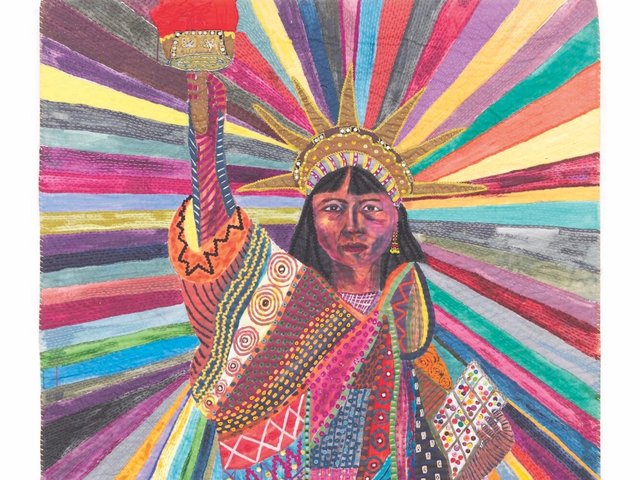The Art Newspaper recently published a selection of major blockbuster exhibitions planned for 2021 as part of its The Year Ahead supplement. During the research, sifting through hundreds of exhibitions, there were several shows that grabbed our attention for their curious topics, unusual content or novel take on traditional exhibiting practise. Below are a few of our favourite weird and wonderful shows coming up in 2021.
*Many exhibitions will be subject to Covid-19 restrictions—please check on the respective museum website before visiting
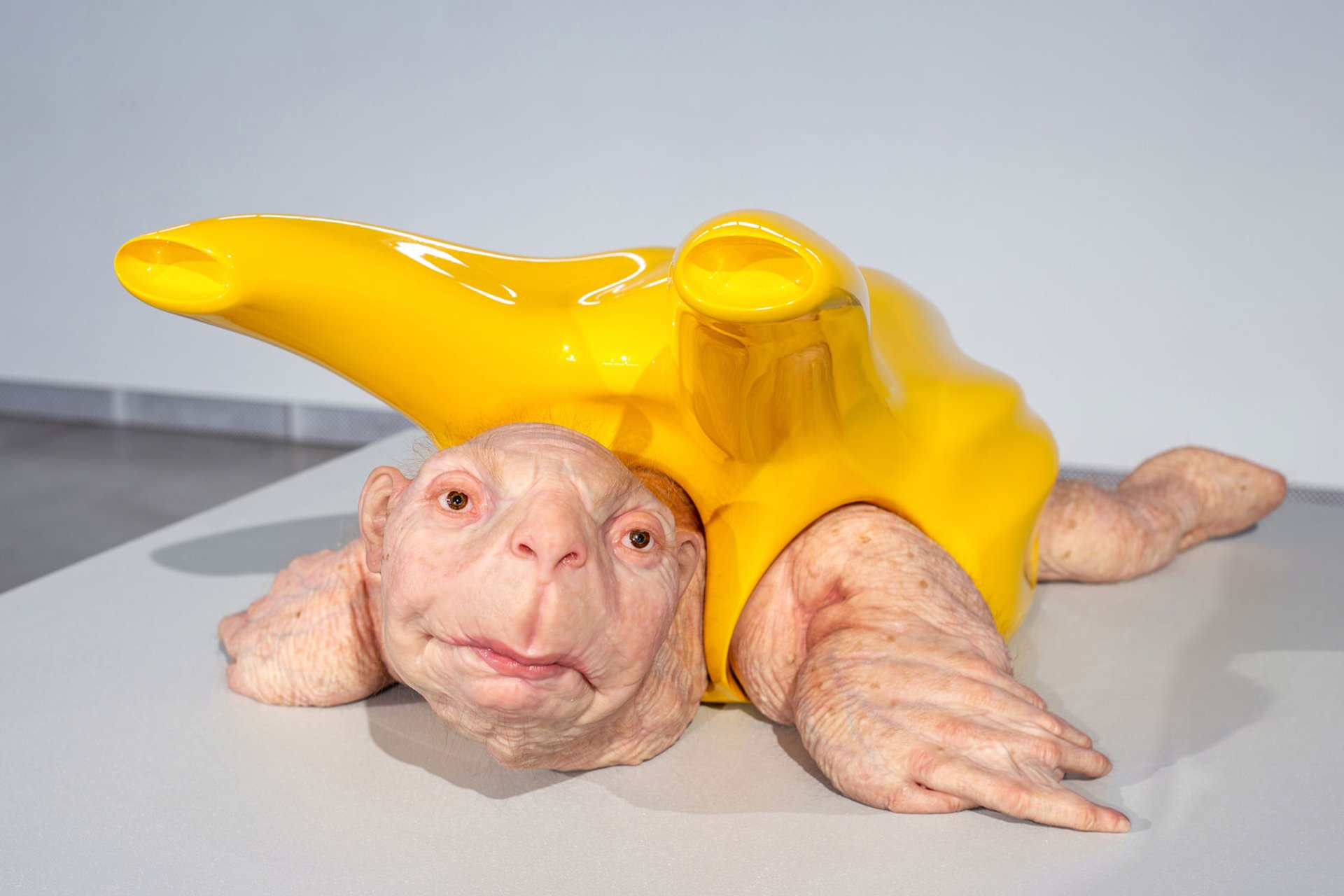
Patricia Piccinini's Cleaner (2019) © Patricia Piccinini; Photo: Mari Volens
Patricia Piccinini: the Instruments of Life
Kai Art Center, Tallinn, until 25 April
The uncanny creatures, part-human, part-animal, that the Australian artist Patricia Piccinini creates in lifelike detail proved to be a monster hit with the Brazilian public five years ago, when her exhibition in Rio de Janeiro topped The Art Newspaper's list of most visited contemporary art exhibitions in 2016. For her latest exhibition, which opened last week in Tallinn, the artist has brought together works made over the past two decades, from the apelike Big Mother (2005) to the humanoid turtle with a futuristic shell titled Cleaner (2019). Each hyper-realistic sculpture takes around a year to manufacture and is made using silicone and fibreglass along with real human hair. The artist hopes that her otherworldly creatures help us question where we are heading in the worlds of genetic modification and biotechnology, which are fast approaching the realms of science fiction. “I hope that lots of great discussions and experiences result out of the exhibition,” she says in a statement.
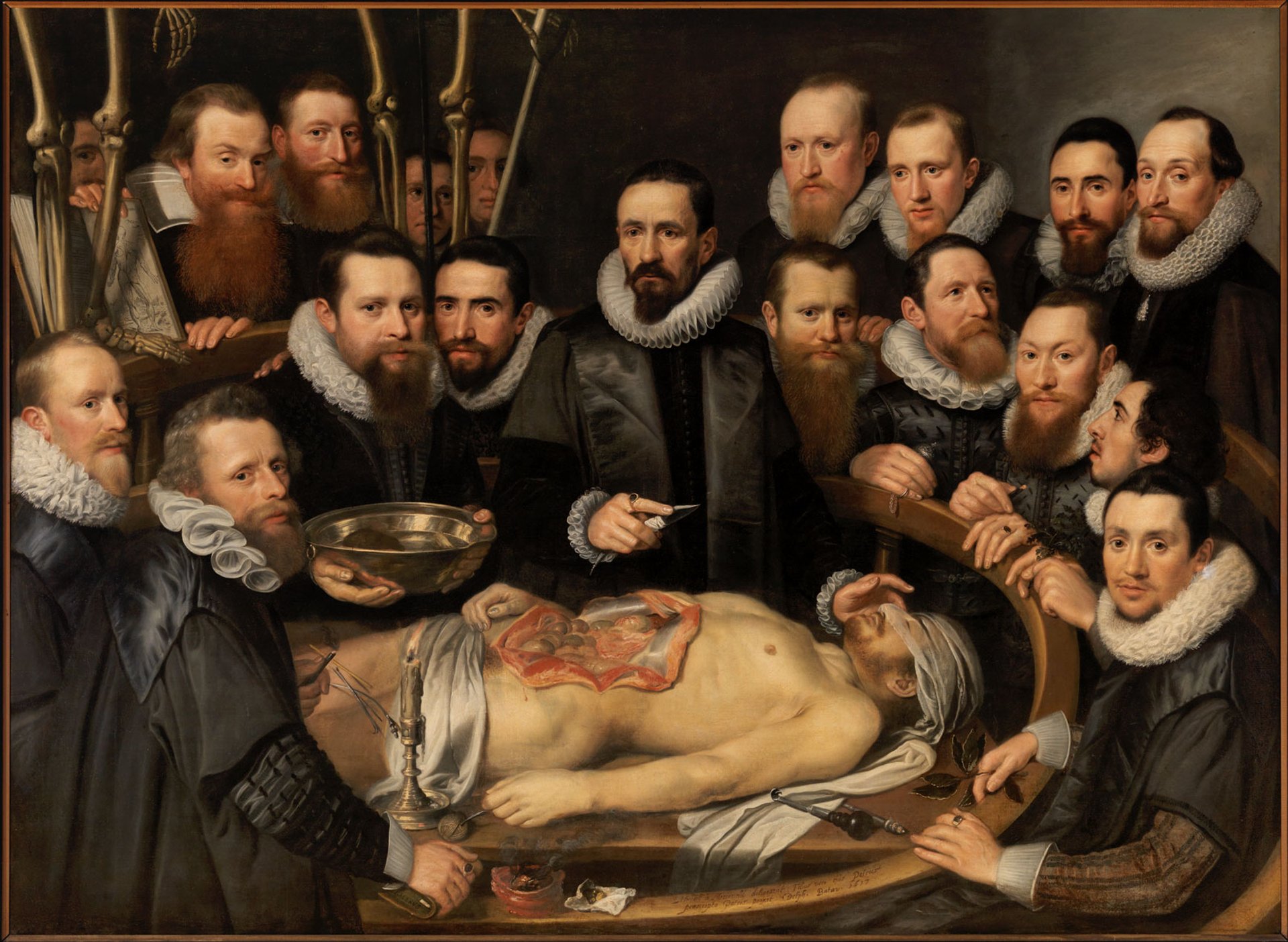
Michiel and Pieter van Mierevelt's The Anatomy Lesson of Dr Willem van der Meer (1617) includes a man holding a pomander to ward off bad smells Museum Prinsenhof, Delft
Fleeting: Scents in Colour
Mauritshuis, The Hague, 11 February - 6 June 2021
Ever wondered what a still life smells like? Or whether a beautiful pastoral landscape actually smelt of manure? Well, the Mauritshuis in The Hague will be bringing 17th-century Dutch paintings to life with scent dispensers (which will apparently be “coronavirus-proof”) for its exhibition Fleeting: Scents in Colour. These will range from the “phenomenal stink of [Amsterdam's] canals” in works such as Jan van der Heyden’s View of the Oudezijds Voorburgwal with the Oude Kerk in Amsterdam (around 1670), to the scent of powdery flowers and overripe fruit in Abraham Mignon’s Still Life of Flowers and Fruit (1670). The 17th century was a time when new exotic smells were making their way to Europe from across the world as trade routes became evermore developed and wide-ranging. Spices like pepper, clove, cinnamon and nutmeg were imported from Asia and the Middle East, while tobacco grew in popularity as it was brought from the Americas. Works such as Willem van Mieris’s A Grocer’s Shop (1717) show the array of products available and also invite viewers to imagine being in the scent filled shop. Unpleasant smells, such as those produced by a corpse being dissected in The Anatomy Lesson of Dr Willem van der Meer (1617) by Michiel and Pieter van Mierevelt, would often be masked through the use of pomanders, filled with perfume—examples of intricately worked silver ones will also be in the show.
Meanwhile, in Germany, the Kunsthalle Bremen will also be presenting an exhibition of historical depictions of scent, including Richard Earlom’s 18th-century fish market print, replete with hungry sea lion, and intricate flower still lifes by Barbara Regina Dietzsch, alongside an olfactory installation by the contemporary Columbian artist Oswaldo Maciá. The exhibition To Smell with the Eyes: Images of Scent since the Renaissance (8 May-15 August) is part of Smell it! The Fragrance of Art project involving several museums throughout Bremen.
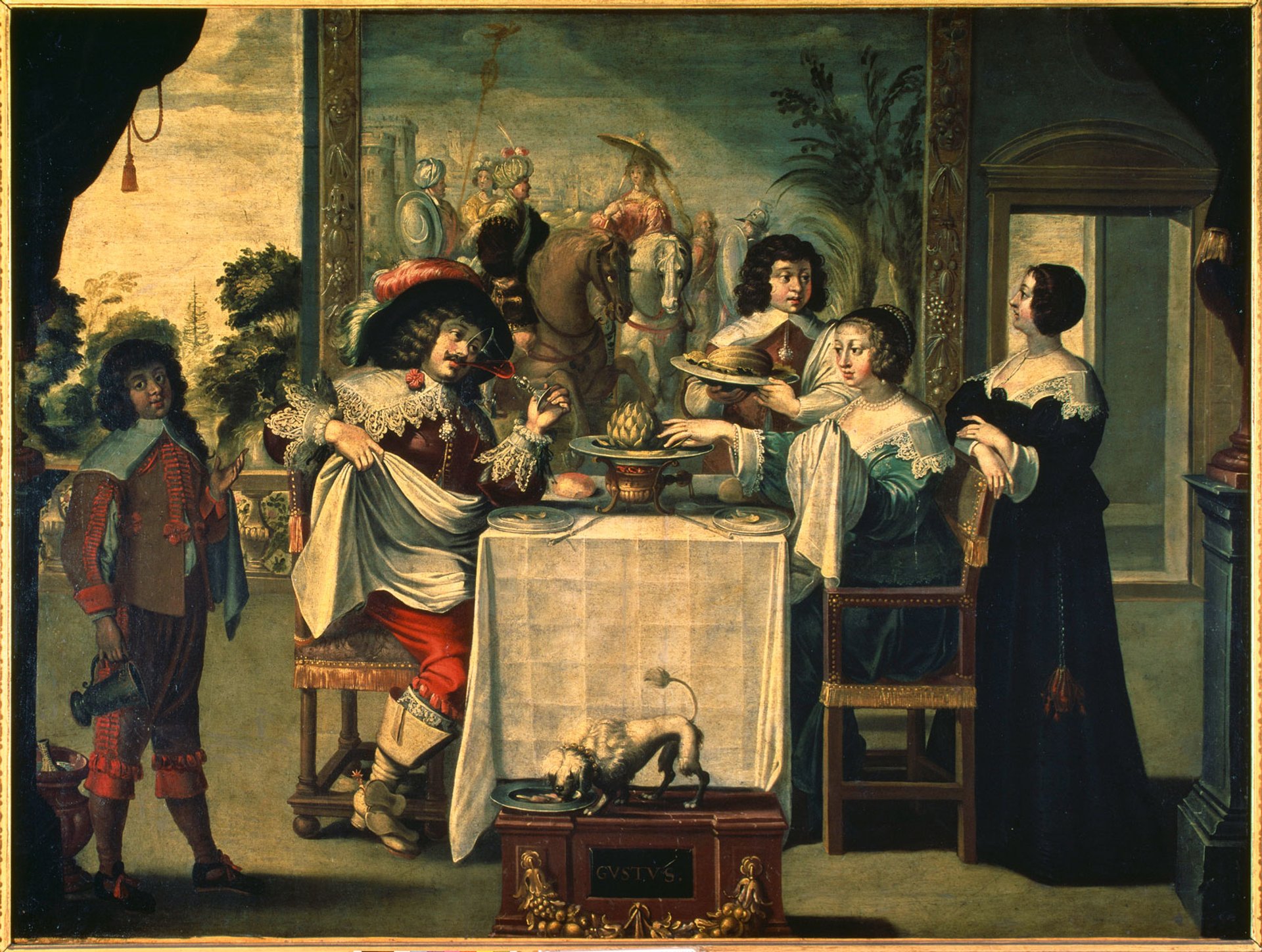
The Five Senses: Taste (after 1635) after Abraham Bosse © RMN-Grand Palais / image RMN-GP
Tables of Power: a History of Prestigious Meals
Louvre-Lens, Len, 31 March-26 July
Sure to be a show bacchanalian delights, the Louvre-Lens’s spring exhibition Tables of Power will chart 5,000 years of dining and how it often provided “an opportunity to showcase power, hierarchy and the art of protocol”, according to a press statement. The exhibition will include almost 400 objects, ranging from luxurious tableware and objets d’art to paintings and sculptures depicting lavish acts of feasting. Among the pieves on show will be an ancient Egyptian rhyton in the form of a lion, ancient Greek vases and kraters portraying extravagant meals, and a Renaissance ship-shaped food vessel made from a nautilus shell and gilded silver. Depictions of banqueting will include a Mesopotamian limestone bas-relief of a meal attended by a musician playing a harp alongside a goat and cow (potential food); a 1905 photograph of King Edward VII at a Élysée Palace banquet; and a menu for President George W. Bush’s Parisian visit in 2008. Plenty of food for thought in this veritable feast of a show.
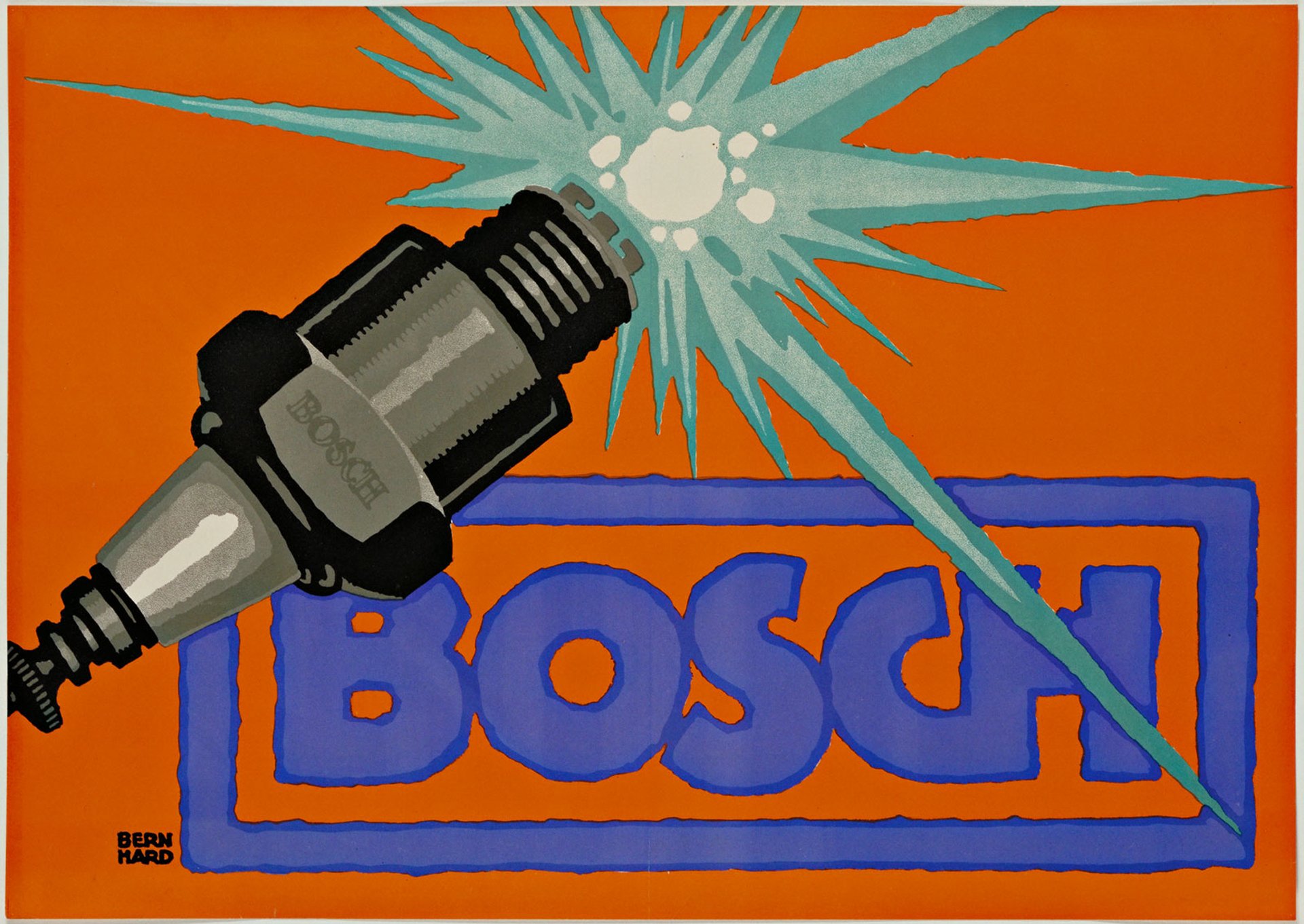
Lucian Bernhard's Bosch lithograph (1914) © MoMA; The Lauder Foundation, Leonard and Evelyn Lauder Fund
Automania
Museum of Modern Art, New York, 4 July-2 January 2022
Put your pedal to the metal at New York's Museum of Modern Art for its summer exhibition Automania, which will delve into an invention that seems inextricably linked to the very idea of America. This symbol of freedom and capitalism swept the nation in the 20th century, as the US led the car boom with the first mass produced car, the Model T Ford, and made the car cool in its popular culture. (It was only in 2009 that China—a country with a billion more people—overtook the US as the largest buyer of cars in the world). The exhibition will look at both the positive and negative effects of cars and not only how the automobile shaped the American landscape, its towns and cities, but also how it shaped the country’s psyche. The show will feature car parts, models and five cars displayed in the museum’s sculpture garden, including a goggle-eyed Citroën DS 23 sedan, which the museum recently acquired. Works of art in the exhibition will range from Henri de Toulouse-Lautrec’s The Automobile Driver (L'Automobiliste) (1898) and a 1914 sparkplug lithograph by the graphic designer Lucian Bernhard, to Margaret Bourke-White’s photographs of 1930s car factories and Andy Warhol’s silkscreen print Orange Car Crash Fourteen Times (1963). Vroom vroom indeed.
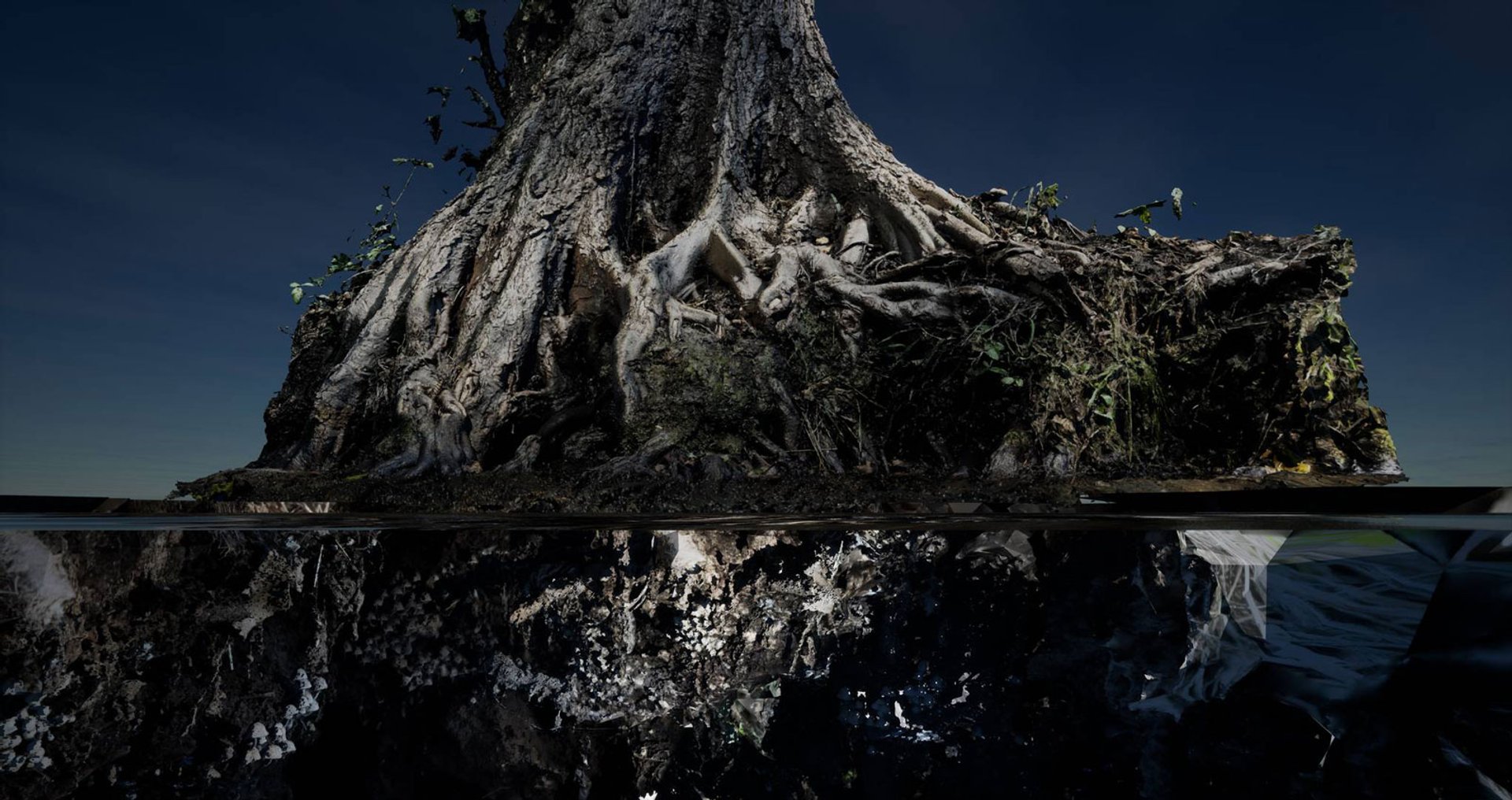
A 3D scan of wetland soil, work in progress, by Jakob Kudsk Steensen © Jakob Kudsk Steensen 2020
Jakob Kudsk Steensen
Halle am Berghain, Berlin, July-September
The Danish artist Jakob Kudsk Steensen, one of the most exciting young artists working in Virtual Reality (VR) technology, will be recreating a 10,000 year old swamp in Berlin’s infamous Berghain nightclub. The former power station has been home to the nightclub, described by Rolling Stone magazine as “Techno’s coolest club” and “sex-fuelled”, since 2004. But last year, due to the coronavirus pandemic, the building became a venue for exhibiting art. For his new work, commissioned by the non-profit organisation Light Art Space, Steensen will be bringing back to life the swamps and extinct flora and fauna that once flourished 10,000 years ago on the wetlands where Berlin is now situated. Steensen’s meticulously created installations, employing Mixed Reality (MR) technology, immerse visitors in detailed computer game-like worlds. For his latest project the artist is working with the archive of extinct creatures at Berlin’s Natural History Museum, and combining this with field recordings made at wetlands south of the German capital.
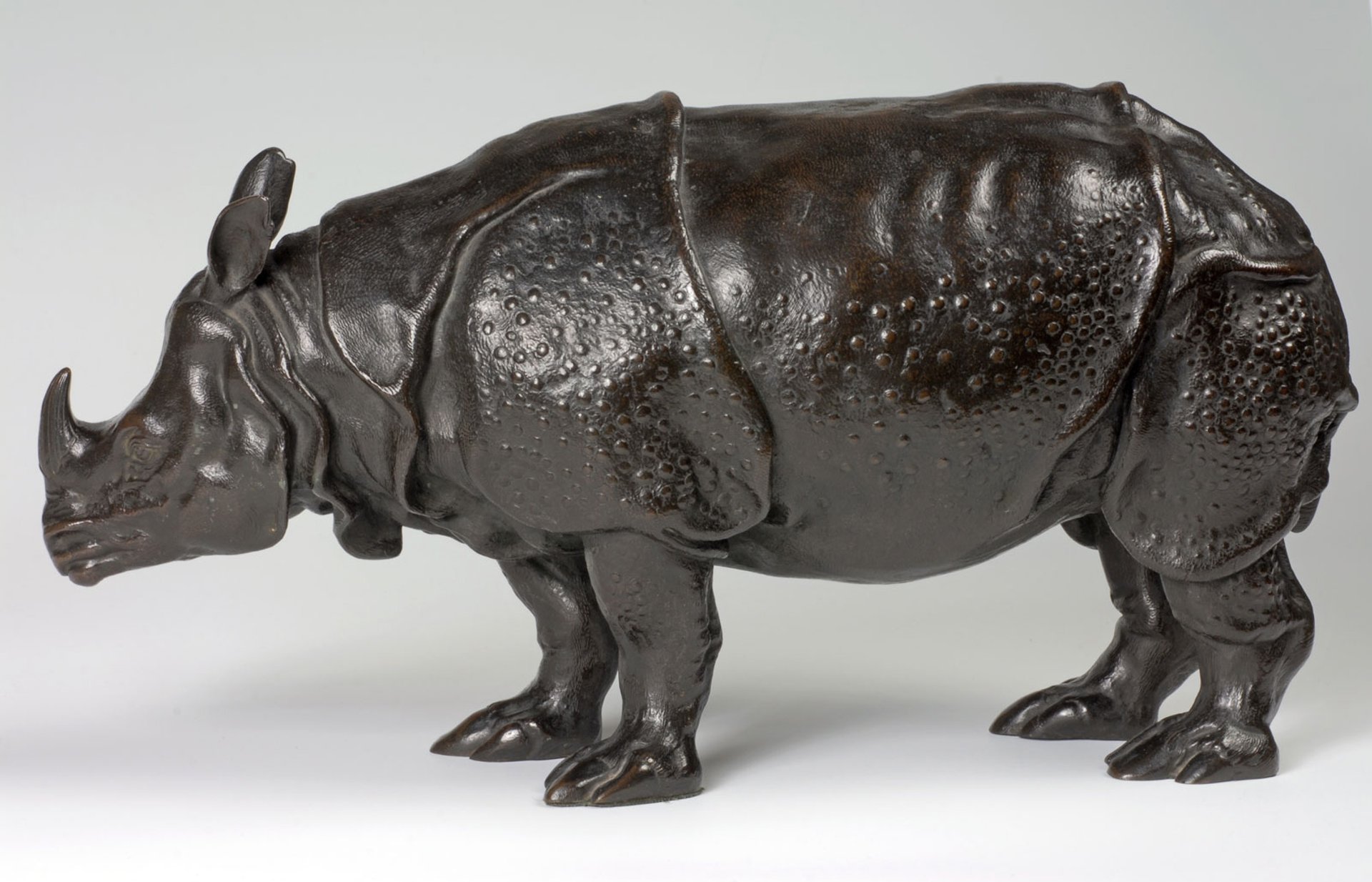
A Rhinoceros, called Miss Clara (1738-58) attributed to Peter Anton Verschaffelt © The Barber Institute of Fine Arts
Miss Clara and the Celebrity Beast in Art, 1500-1860
Barber Institute of Fine Arts, Birmingham, 12 November-27 February 2022
Miss Clara was a great Indian beauty who arrived in Rotterdam in 1741 and toured Europe, feted by kings, queens, and commoners alike—she even had a French Navy ship named after her. She also had a thick skin, useful to those thrust into the public eye, because she was a rhinoceros. A small exhibition at Birmingham’s Barber Institute of Fine Arts will use the museum’s bronze sculpture A Rhinoceros, called Miss Clara (1738-58), attributed to Peter Anton Verschaffel, to look at rhinos, elephants and hippopotamuses who gained notoriety in Europe between the 16th and 18th centuries. Among the pachyderms on show will be a sculpture of the hippopotamus Obaysch, made from Nile mud shortly after the animal was shipped to London in 1849 as a gift to Queen Victoria, and elephants including Hansken, who was sketched by Rembrandt, and Hanno who was a gift from King Manuel I of Portugal to Pope Leo X. Manuel I had form on large exotic animals, having also been the recipient from India of perhaps the most recognisable rhinoceros in art history, depicted by Albrecht Dürer in his 1515 print A Rhinoceros. Dürer famously never saw the creature in real life, creating his woodcut instead from sketches and a description that he included at the top of the print. Manuel I also sent this rhino as a gift to Pope Leo X, but it drowned when the ship sank in a storm.


